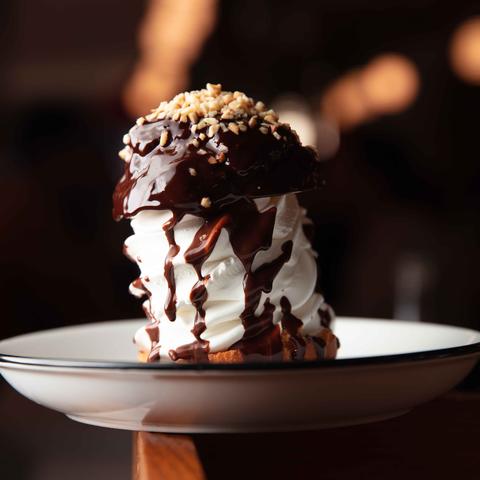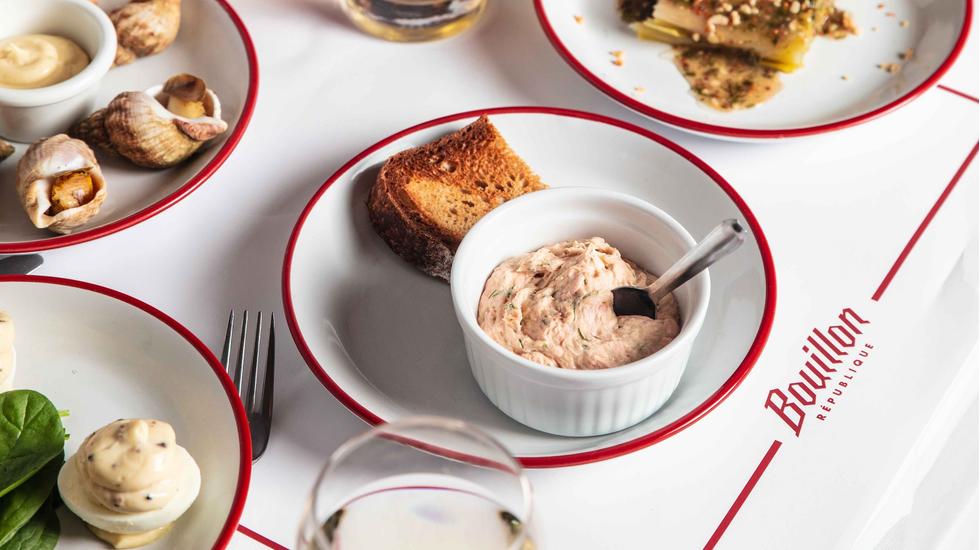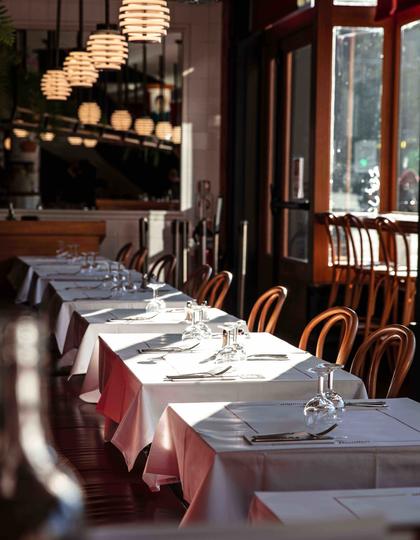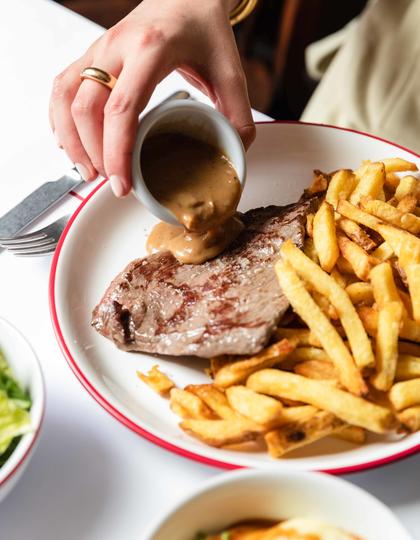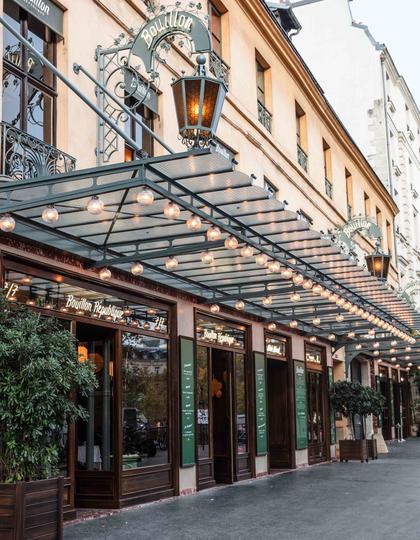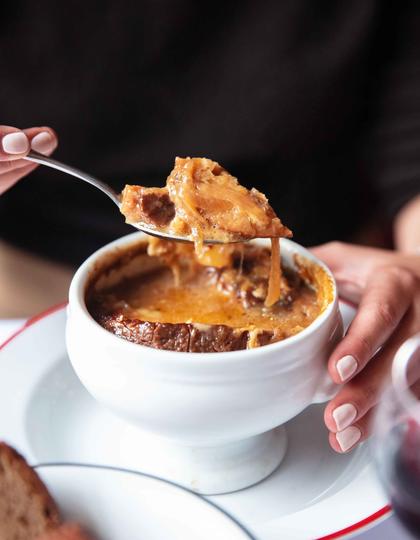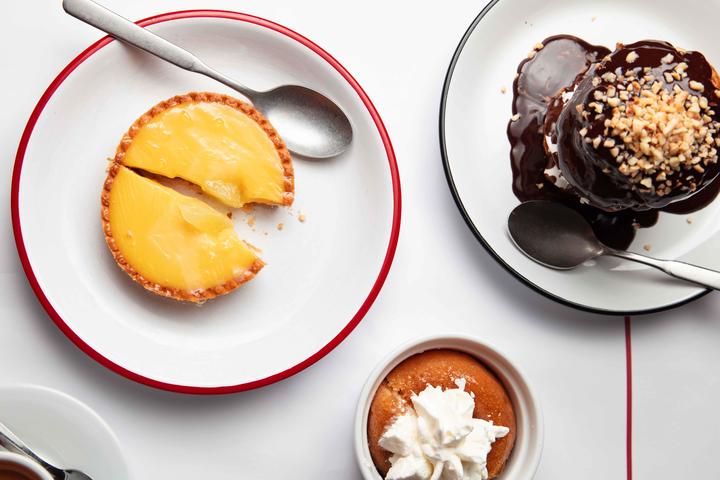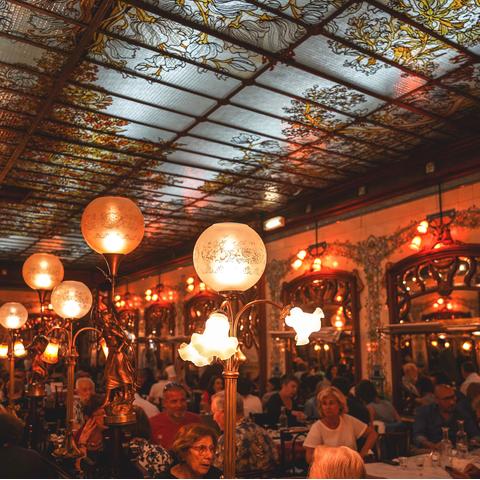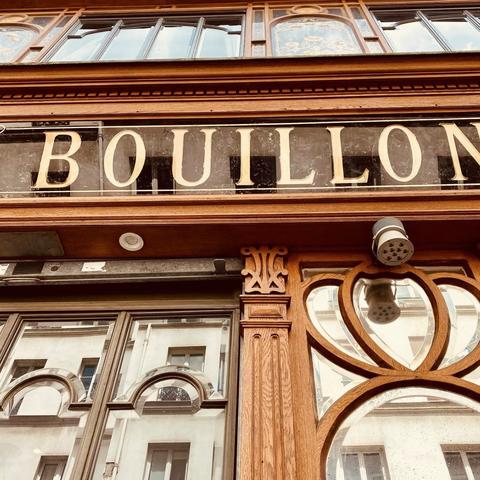It’s the heart and soul that has been injected into both Pigalle
and République that prevents them from existing in the same
gentrified sphere as a hipster revival of, say, a pie and mash
shop. The price point helps, too. Both of the Moussié brothers’
restaurants specialise in affable French food served at a
budget-friendly price from noon until midnight. That means oeufs
mayonnaise for around £1.90, steak frites for £10 and a slice of
tarte citron for £3.35. To get access to that standard of cooking
in a similarly food-centric city like London or Copenhagen, you’d
probably have to pay twice as much for the trouble. More than just
the price of the food, though, it’s the quality of the dishes and
the scale and speed at which the chefs crank them out like
clockwork that makes a meal in a bouillon so impressive.
Pigalle has 300 covers; République, 450. Neither restaurant
takes bookings, yet there’s nearly always a line anaconda-ing
outside both at all times of the day. They’re also, I should note,
far from the only bouillons in Paris today. As well as the newer
kids on the block, there are also older establishments like
Bouillon
Julien, near Strasbourg Saint-Denis, and Bouillon
Chartier, in Montmartre.
The latter was founded in 1896 as a workers’ cafeteria and is
still open 365 days a year, having been given a quick lick of
paint, a grander interior and a somewhat more up-to-date menu since
its opening. Chartier’s simple approach has proven such a hit that
in 2019 they opened a second restaurant, in the Montparnasse area
of Paris and, in April of 2022, a third, opposite the Gare de
l’Est. All Bouillon Chartier outposts employ the same no-bookings
system as the Moussié brothers’ bouillons, and boast equally
impressive queues that move quickly thanks to the efficient service
you receive once you’re inside.
